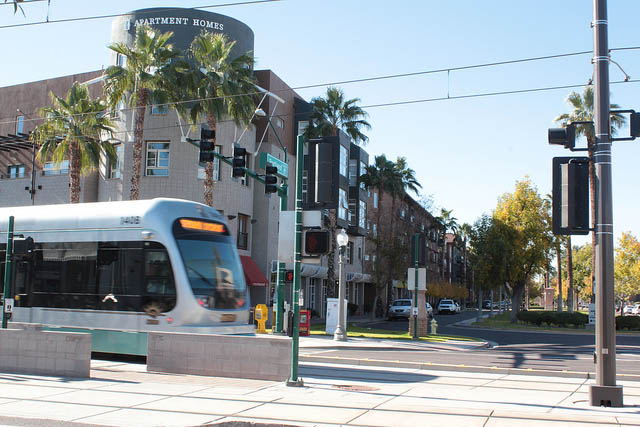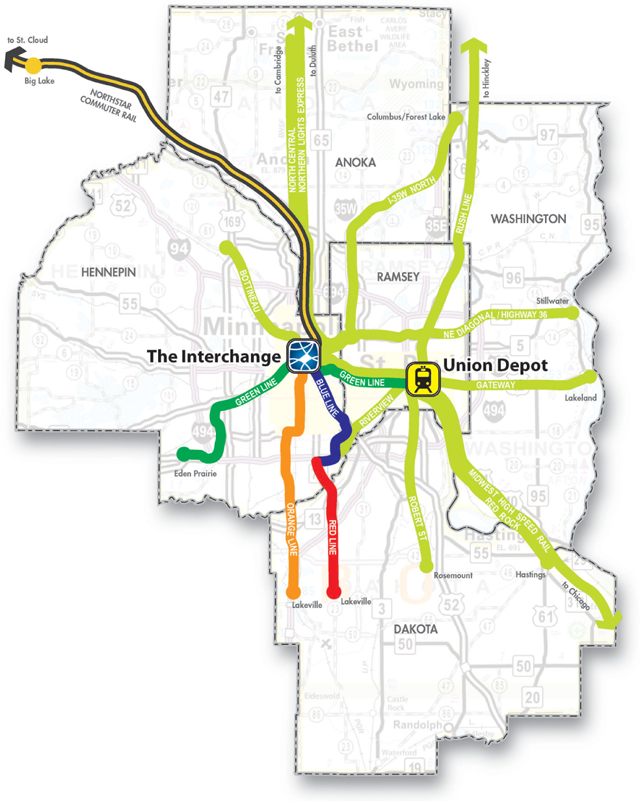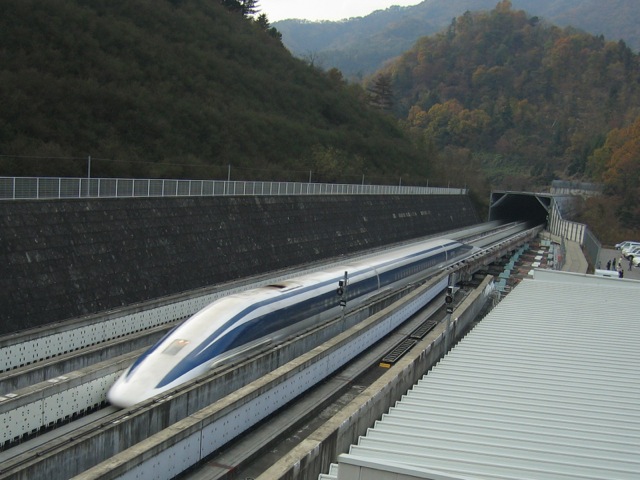You’ll be able to buy a car that can drive itself under most conditions, with an option for override by a human driver, in 2020, according to the median estimate in a survey of 217 attendees of the 2014 Automated Vehicles Symposium. By 2030, the group estimated, you’ll be able to buy a car that is so fully automated it won’t even have the option for a human driver.

A demonstrator car with two Lidar laser sensors hanging on the front bumper, five radar sensors hiding behind the fenders, and two optical sensors with 360-degree fields of view on the roof. Click image for a larger view.
Though 2020 is just six years away, there remains a lot of debate over how the industry is going to get there. Most auto manufacturers are incrementalists, adding automated features such as adaptive cruise control, self-parking, and traffic-jam assist, two or three at a time. Google and some others in Silicon Valley, however, are more interested in producing highly or even fully automated cars as soon as possible.












